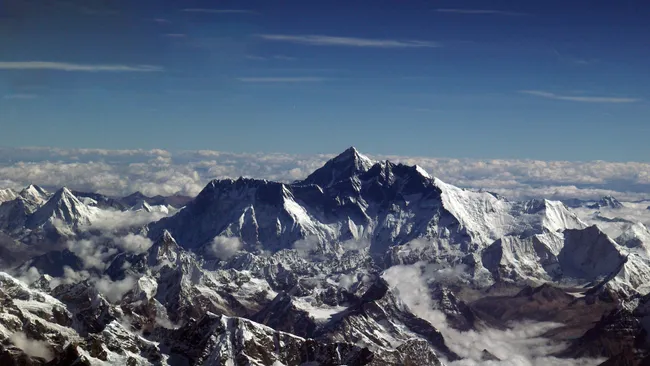
Will Mount Everest Always Be the World’s Tallest Mountain?
Mount Everest, known as Sagarmatha in Nepal and Chomolungma in Tibet, stands at an impressive height of 8,848.86 meters (29,031.7 feet) above sea level, making it the tallest mountain on Earth. However, the question of whether it will always hold this title is more complex than it appears. This article delves into the geological factors influencing Everest’s height, compares it with other contenders for the title of “tallest mountain,” and discusses future possibilities.
The Geological Context of Mount Everest
Mount Everest’s towering height is primarily a result of tectonic activity. The mountain is part of the Himalayas, which were formed by the collision of the Indian and Eurasian tectonic plates approximately 50 million years ago. This ongoing collision continues to push the Himalayas upward, contributing to Everest’s height.
Recent Measurements and Changes
The most recent measurement of Everest’s height was jointly announced by China and Nepal in December 2020, confirming its elevation at 8,848.86 meters. This measurement includes the snow cap but does not account for potential geological changes that could affect its height over time.
Factors Influencing Mount Everest’s Height
- Tectonic Activity: The Indian plate continues to move northward at a rate of about 5 centimeters per year, which means Everest could still be rising incrementally. However, this uplift is countered by erosion and other geological processes.
- Erosion: Erosion from rivers like the Arun has been significant in shaping the landscape around Everest. A study suggests that ancient river systems may have contributed to Everest’s height through a process called isostatic rebound, where the removal of mass allows the Earth’s crust to rise.
- Seismic Activity: Earthquakes can also impact mountain heights. For instance, the 2015 Nepal earthquake caused some Himalayan peaks to subside by about 1 meter, illustrating how seismic events can alter elevations.
Comparisons with Other Mountains
While Mount Everest is recognized as the tallest mountain above sea level, other mountains can claim different titles based on various criteria:
- Mauna Kea (Hawaii): When measured from its base on the ocean floor, Mauna Kea rises approximately 10,205 meters (33,481 feet), making it taller than Everest when considering total height from base to peak.
- Mount Chimborazo (Ecuador): Due to Earth’s equatorial bulge, Chimborazo’s summit is the farthest point from Earth’s center, surpassing Everest by about 2,072 meters (6,800 feet) when measured from this perspective.
Future Considerations
The future of Mount Everest’s status as the tallest mountain depends on several factors:
- Ongoing Geological Activity: As tectonic forces continue to shape the Himalayas, Everest may rise further or experience changes in its elevation due to geological events.
- Climate Change and Erosion: Increased glacial melting and changing weather patterns could accelerate erosion processes that might eventually lower its height.
- Scientific Advances in Measurement: As technology improves, more precise measurements may reveal fluctuations in height that could challenge current records.
Conclusion
Mount Everest currently holds the title of the world’s tallest mountain above sea level, but whether it will always maintain this status remains uncertain. Geological processes such as tectonic uplift and erosion play crucial roles in determining its height. Additionally, alternative measurements highlight other mountains that can claim superiority under different criteria. As scientific understanding evolves and environmental conditions change, so too may our perception of what constitutes the “tallest” mountain on Earth.By understanding these complexities, we gain a deeper appreciation for not only Mount Everest but also the dynamic nature of our planet’s geography.
For more ScCooneience and Cosmos related articles, click here.
Connect with us on X/Twitter here.

